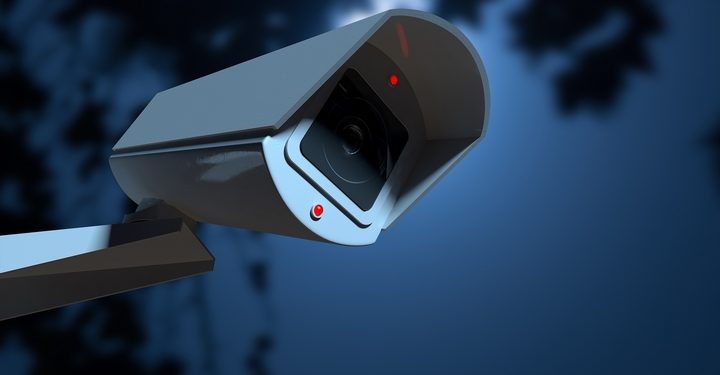5 Unique Features of Driveway Motion Sensors

It can be difficult exiting your driveway on a Monday morning, or any weekday morning for that matter. Kids heading to school, cyclists transporting with reckless abandon, other motorists failing to yield. Whatever the case, it is hard to perform the simple act of leaving home.
The marketplace has listened to these concerns. This is why they have developed rear-view cameras, motion alarms and, perhaps one of the more popular devices: driveway motion sensors. Using the power of thermal, magnetic and ultrasonic sensors, the technology is being adopted. Some products also feature beam sensors, but they may not be that practical for your needs.
Of course, like any other type of technology, it can be difficult getting accustomed to the function. Or, it may frustrate you with plenty of false alarms. When you’re unaware of the intricacies of these items, you may get flustered. But don’t you worry.
Here are five things to be aware of with driveway motion sensors:
1. Get Ready for False Alarms

The summer wind came blowing in. It keeps raining all the time. Never such a blizzard before.
Simply put: your driveway motion sensor will experience a string of false alarms. Heavy winds, heavy rains, heavy snow. Whatever the case, the sensors will notify you of an object, but it will most likely be a false alarm from the weather conditions.
Although you should always heed its advice, you shouldn’t be startled.
2. Receive a Notice When a Car Drives by

When a car drives by your property, the driveway motion sensor will pick it up and alert you. Of course, this may serve as a great idea if you’re at the edge of your driveway about to turn away, but it isn’t efficacious if you’re still parked in the middle of your driveway.
3. It is Great to Warn You of Animals

A brave squirrel attempts to dart across the street, but as the furry animal does, it lands right behind your vehicle. Or, a cat wants to seek refuge in your home, but it dashes behind your car.
One of the best things to be aware of is that your driveway motion sensor does a superb job notifying you about animals, big or small.
4. Sensors Can’t Brave the Cold

Unfortunately, since your driveway motion sensor most likely runs on standard alkaline batteries, it can’t handle the cold. Indeed, anything below five or ten degrees Celsius will cause your batteries to freeze and potentially break down.
Many experts recommend to take advantage of lithium batteries for longer life and better performance. This would be a good idea for the warm and the cold temperatures.
5. They do Have Blind Spots, Too

We will be honest with you: your driveway motion sensors, depending on the make, will have blind spots. Your installation may not be able to properly detect a sensor that is traveling towards something in a straight line.
To avoid the issue of blind spots wreaking havoc on your crusade to exit your own driveway, you should test out the driveway motion sensor. Run some experiments, construct some redundancy and fiddle around with it. There are many things you can do in advance to ensure that the blind spots are corrected, or, at the very least, you know your limitations.
The do-it-yourself (DIY) crowd sometimes suggest to use two sensors at perpendicular angles. You can certainly try this out, but it will create more of a headache than anything else.
It’s Monday morning. It’s cold. You’re tired. You haven’t had coffee yet. And all you want to do is reverse out of your driveway and head to work in peace. This may not happen if a teenager blasts through your driveway sidewalk in their bicycle, or a cat darts through your driveway to seek shelter. With a driveway motion sensor, you can avoid getting into these incidents.


